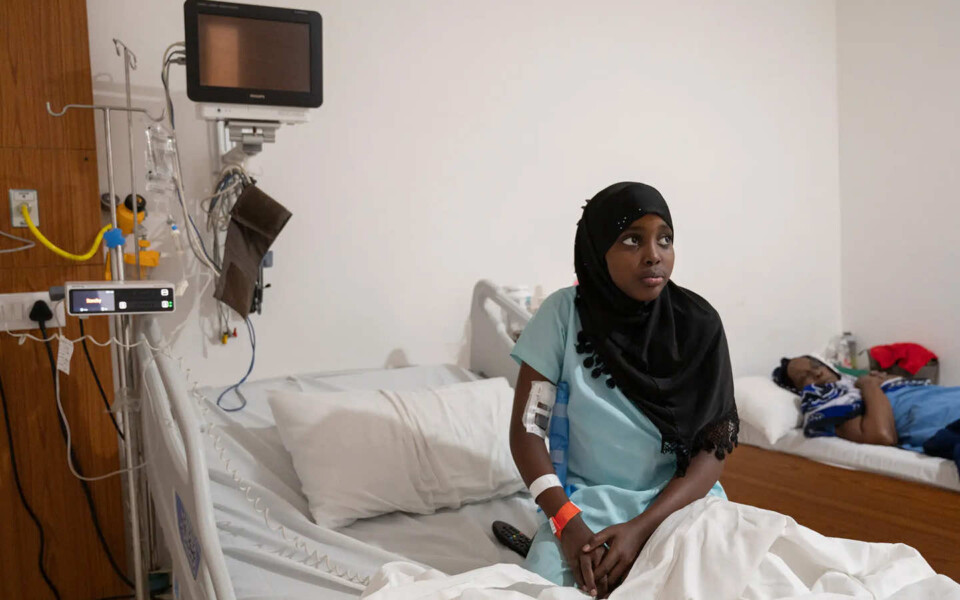New Sickle Cell Therapies Will Be Out of Reach Where They Are Needed Most
The Food and Drug Administration’s approval on Friday of two groundbreaking gene therapy treatments for sickle cell disease has brought a rare moment of hope and celebration to people with the agonizing blood disorder.
But there is no clear path for the new therapies — one-time treatments so effective in clinical trials that they have been hailed as cures — to reach the countries where the vast majority of people with sickle cell live. Shortly after the approval their manufacturers announced sticker prices in the millions of dollars: $3.1 million for Lyfgenia, made by Bluebird Bio, and $2.2 million for Casgevy, made by Vertex Pharmaceuticals.
Lyfgenia will launch in the United States. Vertex has been prioritizing winning approval in six wealthy countries — the United States, Italy, Britain, France, Germany and Saudi Arabia — that, by one estimate, are home to 2 percent of the global sickle cell population.
Three-quarters of the world’s sickle cell patients are in sub-Saharan Africa. Several million of them are believed to be sick enough that they would be eligible for the new therapies, compared with some 20,000 in the United States.
Many African patients have been closely following news online of the treatments’ success in clinical trials. In Tanzania, information about Casgevy spread a few months ago through a WhatsApp group that Shani Mgaraganza set up for mothers of children with sickle cell. Her son, Ramadhani, 12, and daughter Nasra, 10, have the inherited disorder, which causes episodes of searing pain and damages their organs. She said the therapy sounded like a miracle.
“Everyone said, ‘Thanks God, our kids will be well,’” she said.
Then the mothers learned what it was likely to cost. “It would be billions of Tanzanian shillings,” Ms. Mgaraganza said. “No one can afford this. It was demoralizing.”
The access question is front of mind for Jennifer Doudna, the University of California, Berkeley, scientist who shared a Nobel Prize in Chemistry for pioneering the gene-editing method, CRISPR, underpinning Casgevy. “Today it’s not going to be widely available,” she said. “Now that we have this approval, we need to really figure out how we’re going to open it up to more people.”
Beyond industry, other research groups including the National Institutes of Health and Dr. Doudna’s Innovative Genomics Institute at Berkeley are developing techniques that would make a gene therapy for sickle cell cheaper and easier to administer. But experts caution that those approaches have not yet been shown to work and are still many years away.


